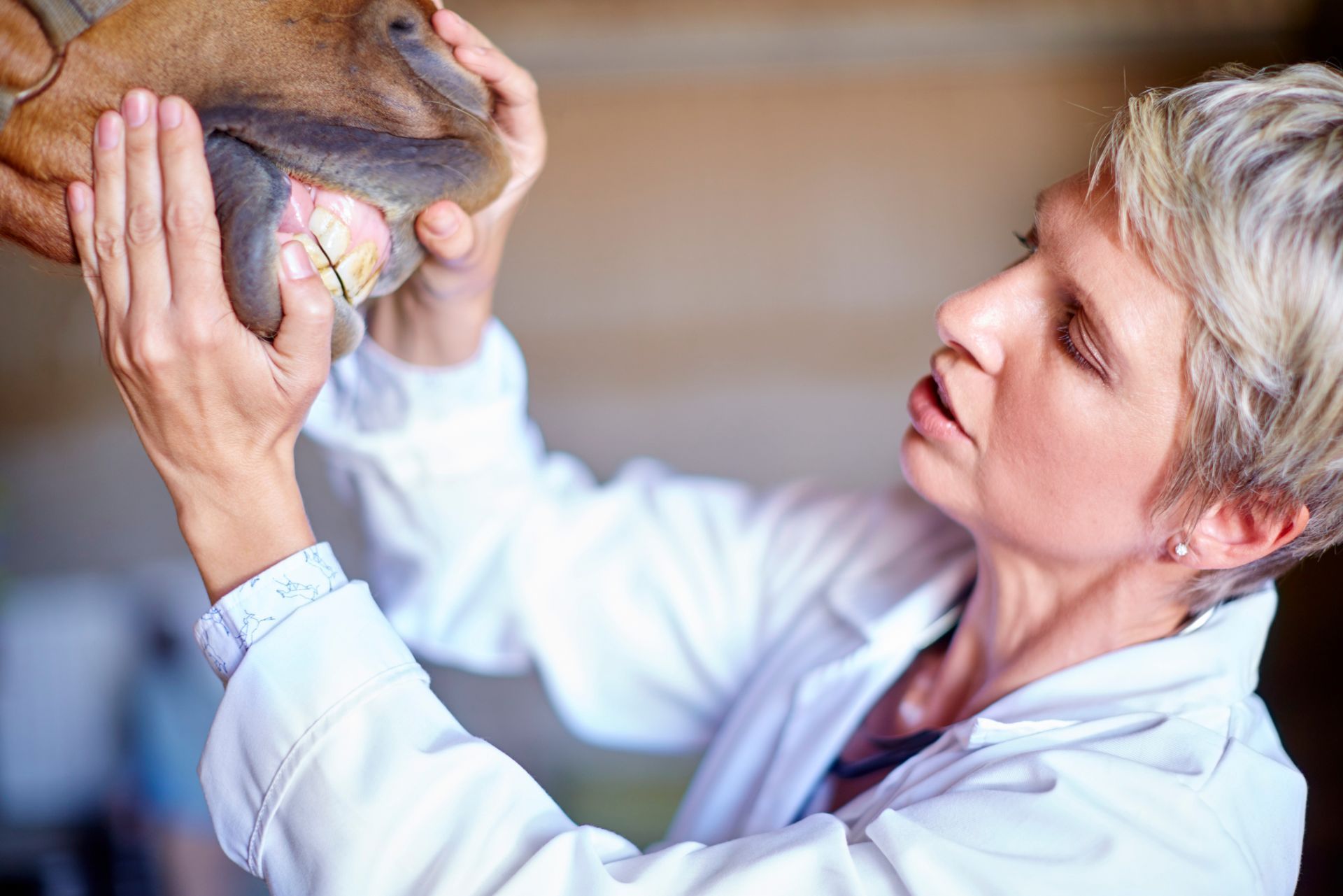Top 3 Recommended Policies

By: Lance Hale
Licensed Commercial Insurance Specialist
425-320-4280
Running a veterinary practice in Washington comes with unique challenges, from managing medical risks to navigating evolving regulations. Understanding the right insurance coverage is essential for protecting your clinic, your staff, and your patients. This guide breaks down the key insurance types relevant to veterinarians in Washington state, highlighting recent trends and legislative updates that impact your business.
With pet insurance on the rise—6.4 million U.S. pets insured as of late 2024, a 12.7% increase year-over-year—veterinary practices are seeing shifts in client expectations and medical service demands. Today's Veterinary Business explores how this trend shapes veterinary care, making insurance coverage more critical than ever.
Essential Insurance Types for Washington Veterinarians
General Liability Insurance
Washington’s veterinary clinics must also consider the growing expectations of pet owners, many of whom seek technologically advanced services. A 2025 survey found that 65% of pet owners would choose a veterinary clinic based on its technological capabilities, such as online portals and teleconsultations. This means clinics investing in tech upgrades should ensure their liability policies reflect these new service channels. Zipdo's veterinary industry report details these evolving client preferences. Additionally, as telemedicine becomes more prevalent, clinics may face unique challenges, such as ensuring that virtual consultations meet the same standards of care as in-person visits. This shift not only requires investment in technology but also a thorough understanding of how to navigate potential liabilities associated with remote care.
Professional Liability Insurance
Also known as malpractice insurance, professional liability coverage protects veterinarians against claims of negligence or errors in treatment. Given the medicalized nature of many pet owners—those who are more likely to seek treatment and expect high standards—this coverage is vital. Kristen Lynch, executive director of NAPHIA, notes that pet insurance tends to attract owners who spend more on medical care, increasing the stakes for veterinary professionals. Press Democrat highlights this trend, underscoring the importance of robust malpractice protection.
Workers' Compensation Insurance
Veterinary clinics in Washington must provide workers’ compensation insurance to cover employee injuries sustained on the job. Unlike many states where rates are falling, Washington announced a 4.9% increase in workers’ compensation rates in January 2024. This hike bucks the national trend and reflects the state’s unique risk environment. Business Insurance explains the factors behind this rate adjustment.
Understanding Washington’s Pet Insurance Legislation
For more details on this legislative development, visit the Washington Office of the Insurance Commissioner.

Liability Insurance Considerations for Veterinary Practices
Veterinary clinics share some liability risks with other care facilities, but there are unique factors to consider. A 2025 report analyzing liability insurance for adult family homes found a sustainable market with an annual per-bed premium of $424 and a loss ratio of 40%. While not directly about veterinary clinics, this data offers insight into how liability insurance markets can remain stable when premiums and claims are balanced. Washington Insurance Commissioner's report provides context on liability insurance sustainability that veterinarians can consider when negotiating their own policies.
Veterinary practices must carefully assess their risks, including animal bites, medication errors, and client injuries, to ensure adequate liability coverage. Policies should be tailored to the size and scope of the clinic, including any specialty services offered. Additionally, the nature of veterinary work often involves handling unpredictable animals, which can lead to unique challenges in liability exposure. For instance, a seemingly routine procedure could result in an unforeseen complication, necessitating a robust insurance policy that covers not only the direct costs associated with treatment but also potential legal fees and settlements.
Furthermore, as the veterinary field evolves with advancements in technology and treatment options, practices may find themselves facing new types of liabilities. The rise of telemedicine in veterinary care, for example, introduces a different set of risks related to remote consultations and the accuracy of diagnoses made without a physical examination. Clinics must stay informed about these emerging trends and consider how they impact their liability insurance needs. Engaging with an insurance advisor who specializes in veterinary practices can provide valuable insights into crafting a policy that addresses both traditional and contemporary risks, ensuring that the clinic is well-protected in an ever-changing landscape.
Impact of Veterinary Workforce Trends on Insurance Needs
Approximately 23% of veterinarians work in rural or mixed urban-rural areas, where access to veterinary services can be limited. This workforce distribution affects insurance needs and risk profiles. Rural clinics may face different liability exposures than urban ones, such as emergency calls in remote locations or transportation risks. For instance, veterinarians in rural areas often travel long distances to reach clients, which not only increases their operational costs but also raises the stakes in terms of vehicle insurance and liability coverage. The unpredictable nature of rural practice can lead to higher premiums, as insurers assess the unique risks associated with providing care in less accessible locations.
Additionally, a 2022 survey found that over half of veterinarians prefer working in privately owned clinics rather than corporate-owned ones. This preference stems from a desire for individual recognition and decision-making autonomy, which can influence how insurance policies are selected and managed. Private clinics might prioritize customized coverage that aligns with their specific business models. For example, they may seek specialized insurance for unique services like alternative therapies or exotic animal care, which are less common in corporate settings. This customization not only helps mitigate risks but also reflects the clinic's commitment to providing tailored care for their patients. Washington State Standard discusses these workforce dynamics.
Furthermore, the trend towards telemedicine in veterinary care is reshaping the insurance landscape. As more veterinarians adopt telehealth services, they encounter new liability considerations that traditional insurance policies may not fully address. This shift necessitates a reevaluation of coverage options to ensure that both in-person and virtual consultations are adequately protected. Insurers may need to develop new policies that specifically cater to the nuances of telemedicine, including cybersecurity risks and the potential for misdiagnosis during remote consultations. The evolving nature of veterinary practice not only highlights the need for adaptable insurance solutions but also emphasizes the importance of ongoing education for veterinarians to navigate these changes effectively.

Technology and Its Role in Veterinary Insurance
Technology adoption is reshaping veterinary care, with many clinics offering teleconsultations, online appointment scheduling, and digital medical records. These innovations improve client engagement but also introduce new risks, such as data breaches or telemedicine malpractice claims. The integration of artificial intelligence in diagnostics and treatment planning is another frontier that veterinary practices are exploring. AI tools can analyze symptoms and suggest potential conditions, enhancing the accuracy of diagnoses and treatment plans. However, this reliance on technology necessitates a careful examination of the legal implications surrounding AI use in veterinary medicine.
Insurance policies for veterinary practices now increasingly include cyber liability coverage and protections tailored to telehealth services. Clinics that invest in technology should evaluate their insurance portfolios to ensure these risks are covered. Moreover, as practices adopt more sophisticated technologies, they must also consider the training and ongoing education of their staff to effectively utilize these tools. This not only mitigates the risk of errors but also enhances the overall quality of care provided to pets.
The 2025 survey on veterinary practice technology highlights that 65% of pet owners consider tech capabilities when choosing a clinic, making it a competitive advantage but also a factor in risk management. This trend indicates a shift in consumer expectations, where pet owners are increasingly looking for clinics that can offer convenience and efficiency through technology. Additionally, the rise of pet health apps that allow owners to track their pets' health metrics and communicate directly with veterinarians is further influencing this dynamic.
Zipdo's industry statistics provide further insight into this trend. As the veterinary landscape continues to evolve, practices that embrace these technological advancements while also safeguarding against associated risks will likely thrive in this competitive environment.
Insurance Coverage Comparison for Washington Veterinarians
| Coverage Type | Purpose | Typical Cost Factors | Key Benefits |
|---|---|---|---|
| General Liability | Protects against injury or property damage claims | Clinic size, location, client traffic, services offered | Covers slips, falls, property damage, third-party injuries |
| Professional Liability | Protects against malpractice or negligence claims | Specialty services, claim history, staff credentials | Covers treatment errors, misdiagnosis, medication mistakes |
| Workers' Compensation | Covers employee injuries on the job | Payroll size, job risks, state rate adjustments | Medical expenses, lost wages, legal compliance |
| Cyber Liability | Protects against data breaches and telemedicine risks | Technology use, data volume, security measures | Covers data loss, privacy claims, telehealth errors |
What to Remember When Choosing Insurance for Your Veterinary Business
Veterinary practices in Washington must balance multiple insurance needs to protect their operations effectively. Consider the following:
- Assess your clinic’s specific risks, including patient care, technology use, and employee safety.
- Stay informed about state laws like Senate Bill 5319, which affect pet insurance and client interactions.
- Factor in workforce trends—whether your clinic is rural or urban, privately owned or corporate—to tailor your coverage.
- Review your workers’ compensation policy regularly, especially given Washington’s recent rate increases.
Working with an insurance professional familiar with veterinary practices in Washington can help you navigate these complexities and secure the right protection.
Frequently Asked Questions
Q: Is pet insurance common among Washington pet owners?
A: Yes. As of December 2024, 6.4 million pets in the U.S. were insured, with a 12.7% increase from the previous year, reflecting growing adoption nationwide.
Q: What does Senate Bill 5319 mean for veterinarians?
A: It establishes clear definitions for pet insurance terms, helping vets understand coverage details and improving communication with insured clients.
Q: Why did Washington increase workers’ compensation rates in 2024?
A: The state’s unique risk environment led to a 4.9% rate hike, despite national trends toward lower rates.
Q: How does technology affect veterinary insurance needs?
A: Technology introduces new risks like data breaches and telemedicine liability, making cyber liability coverage increasingly important.
Q: Are privately owned veterinary clinics more common in Washington?
A: Many veterinarians prefer private ownership for greater autonomy and recognition, which influences insurance choices.

